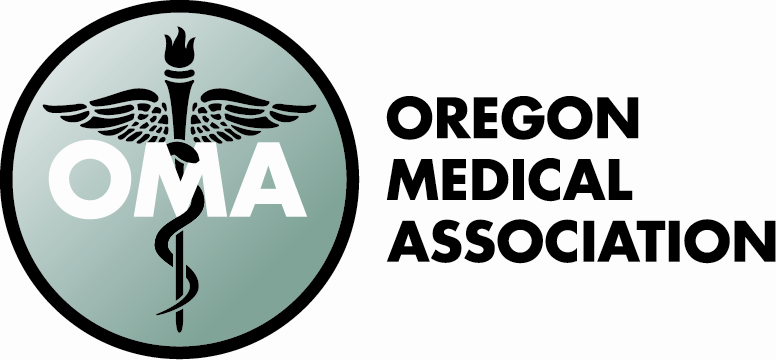

MEDIA RELEASE
November 15, 2022
Oregon Doctors and Nurses Join Together, Ask Oregonians to be Vigilant Against RSV, Other Illnesses
(Portland, Ore.) – Across the state, hospitals are seeing a serious surge in cases of respiratory syncytial virus, also known as RSV. RSV is a common airborne respiratory virus. Young children are especially vulnerable to RSV, with children under the age of two at increased risk for severe symptoms. Combined with increased risk for cases of influenza and COVID-19, hospitals are on the verge of being overwhelmed, if they aren’t already. Public health officials across the country are warning that winter could see a "triple-demic” that will add overwhelming stress to an already stressed health care system in Oregon.
The Oregon Medical Association (OMA) and the Oregon Nurses Association (ONA) are joining together to call on Oregonians to take steps to protect themselves and their family from the threats of RSV, flu, and COVID-19 – not only for their own health, but also to reduce the impact on the physicians, physician assistants, nurses, and other health care workers who are facing unprecedented patient numbers in hospitals and clinics.
“All signs indicate that we are at the very beginning of this RSV surge,” said Marianne Parshley, MD, internal medicine specialist and President of the OMA. “Public health officials believe we won’t see the peak of this surge for another 10 to 12 weeks, until well past the holidays. Physicians and physician assistants across the state join their nursing colleagues in asking all Oregonians to take extra precautions now to help reduce the impact of these illnesses on our health care workers and prevent further strain on hospitals and clinics.”
A crucial step for Oregonians is to know when (and when not) to go to the emergency room. “Our ERs are overflowing with patients right now,” said Tamie Cline, RN, President of the ONA Board of Directors. “It is important for people to know when they should head to the ER and when it is better to visit urgent care, call an advice nurse, see your primary care provider, or simply stay at home and care for yourself.”
“If you suspect you or your child has been exposed to RSV, call your primary care physician or nurse advice line rather than coming into the ER where you will face a long wait, or even risk exposing yourself and your child to other illnesses like COVID-19 or the flu,” said Parshley. “Your doctor or advice nurse can run through a checklist of warning signs and symptoms and make suggestions for potential at-home treatments or recommend other steps, like visiting an urgent care clinic or coming to the ER, as needed.”
A serious symptom of RSV includes working extra hard to breathe – like flaring of the nostrils, grunting while inhaling or exhaling, or when skin between the ribs or collarbone pulls in and out. If an individual experiences such symptoms, they should be seen by a medical professional immediately. Check with your primary care provider or advice nurse if you have any questions about other symptoms.“Just as we have been for the past two years, we are all in this together,” said Cline. “Physicians and nurses are asking everyone to take precautions like voluntarily wearing a mask, practicing social distancing, washing your hands frequently, keeping your hands away from your face, disinfecting frequently used surfaces, staying home from work or school if you suspect you might be ill, and, of course, make sure you get your flu shot and your COVID-19 booster. Spreading the message now, before this surge gets worse, is essential if Oregon is to avoid the worst impacts of an overwhelmed health care system.”
###
The Oregon Medical Association (OMA) is the state’s largest professional organization engaging in advocacy, policy, community-building, and networking opportunities for Oregon’s physicians, physician assistants, medical students, and physician assistant students. In the state capitol of Salem and in Washington, DC, the OMA’s members speak with one voice as they advocate for policies that improve access to quality patient care and reduce administrative burdens on medical professionals. For more information visit: www.theOMA.org.
The Oregon Nurses Association (ONA) is the state’s largest and most influential nursing organization. We are a professional association and labor union which represents more than 15,000 nurses and allied health workers throughout the state. ONA’s mission is to advocate for nursing, quality health care and healthy communities. For more information visit: www.OregonRN.org.